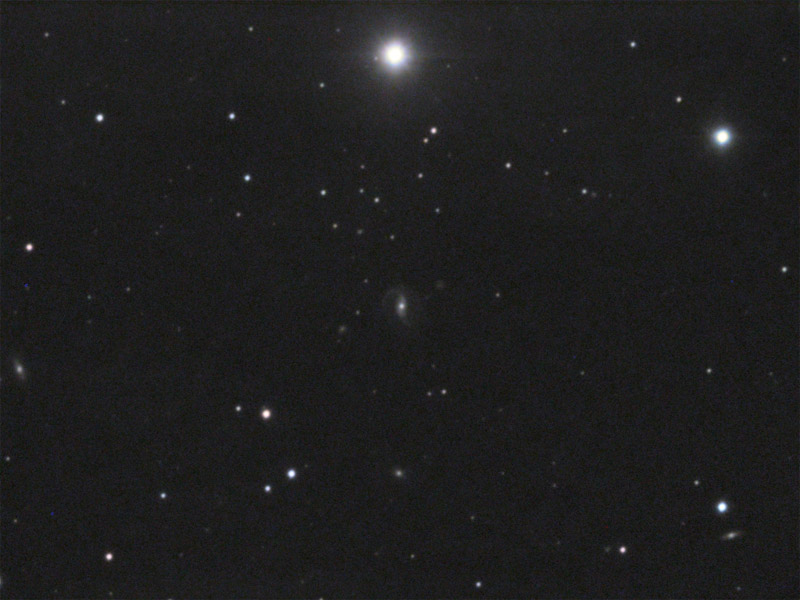Neptune--eighth
and farthest planet from the Sun (after Pluto’s demotion). Along with Jupiter, Saturn and Uranus, a gas
giant. Smaller, but slightly more massive than its
near-twin Uranus. Uranus and Neptune are sometimes referred to as "ice giants" as they contain a higher proportion of "ices" such as water, ammonia, and methane. Traces
of methane in the outer atmosphere account for the planet's blue
appearance. At 30 au its orbit around
the sun takes 165 years, so it’s not moving much in the sky from year to
year.
Discovered
in 1846, Neptune was the first planet found by mathematical prediction rather
than by empirical observation. Unexpected changes in the orbit of Uranus suggested
gravitational perturbation by another planet. There’s been controversy over
credit for the discovery:
Interestingly,
Galileo made the first recorded observation of Neptune, but apparently did not
recognize it as a planet, though some have suggested that he was aware that it
had moved relative to fixed stars.
For visual
astronomers, there’s not much to see except for the fact that at high power it
can be seen as a small bluish disk rather than a dot. It generally cannot be seen with the unaided eye. Due to its distance, its apparent size is the
smallest of the planets. With dark skies
or a camera you may be able to pick up a few moons.
Here’s an
image of Neptune, the white spot to the right is its large moon triton:
With the
Hubble or flyby space craft, surface storms and very faint rings have been
detected.






